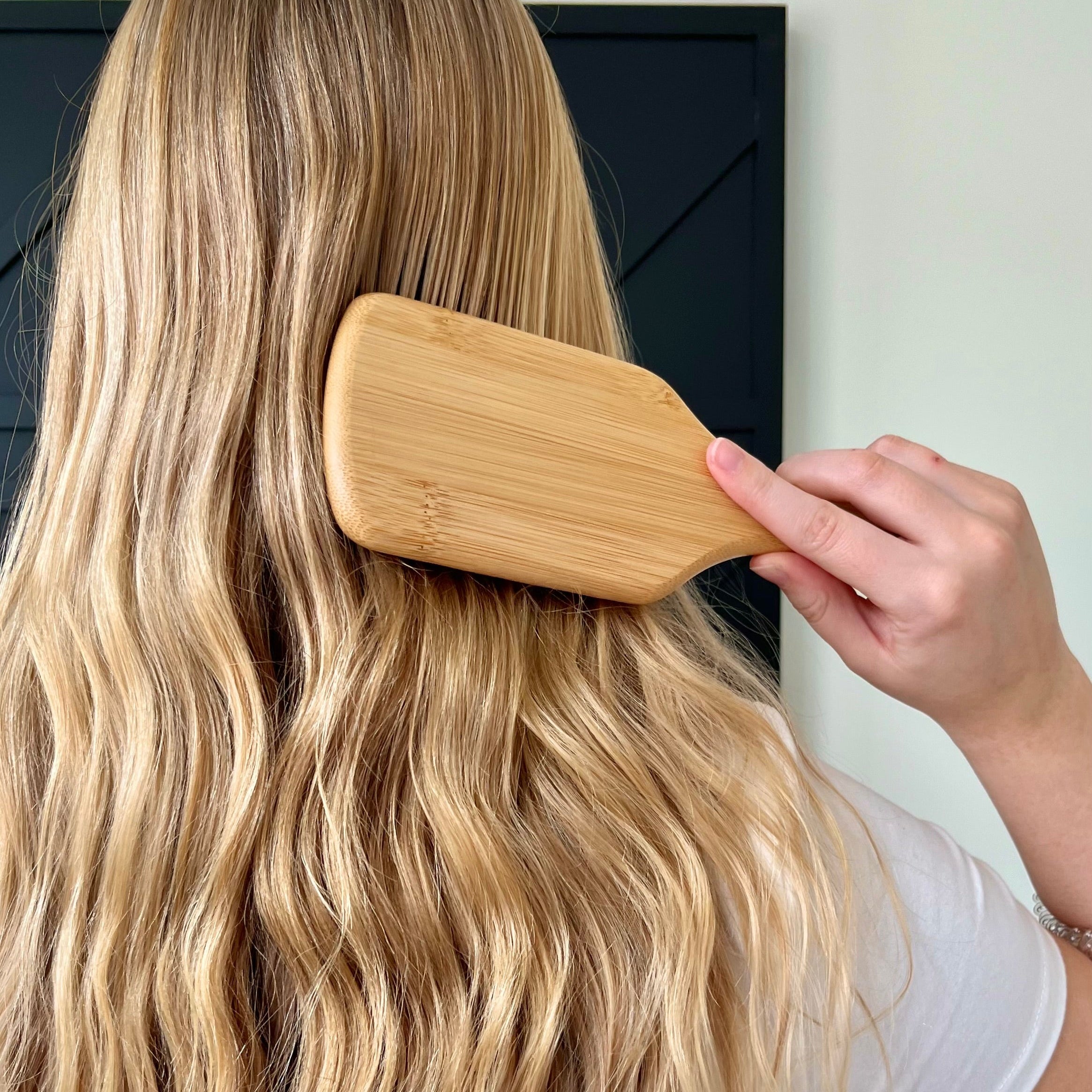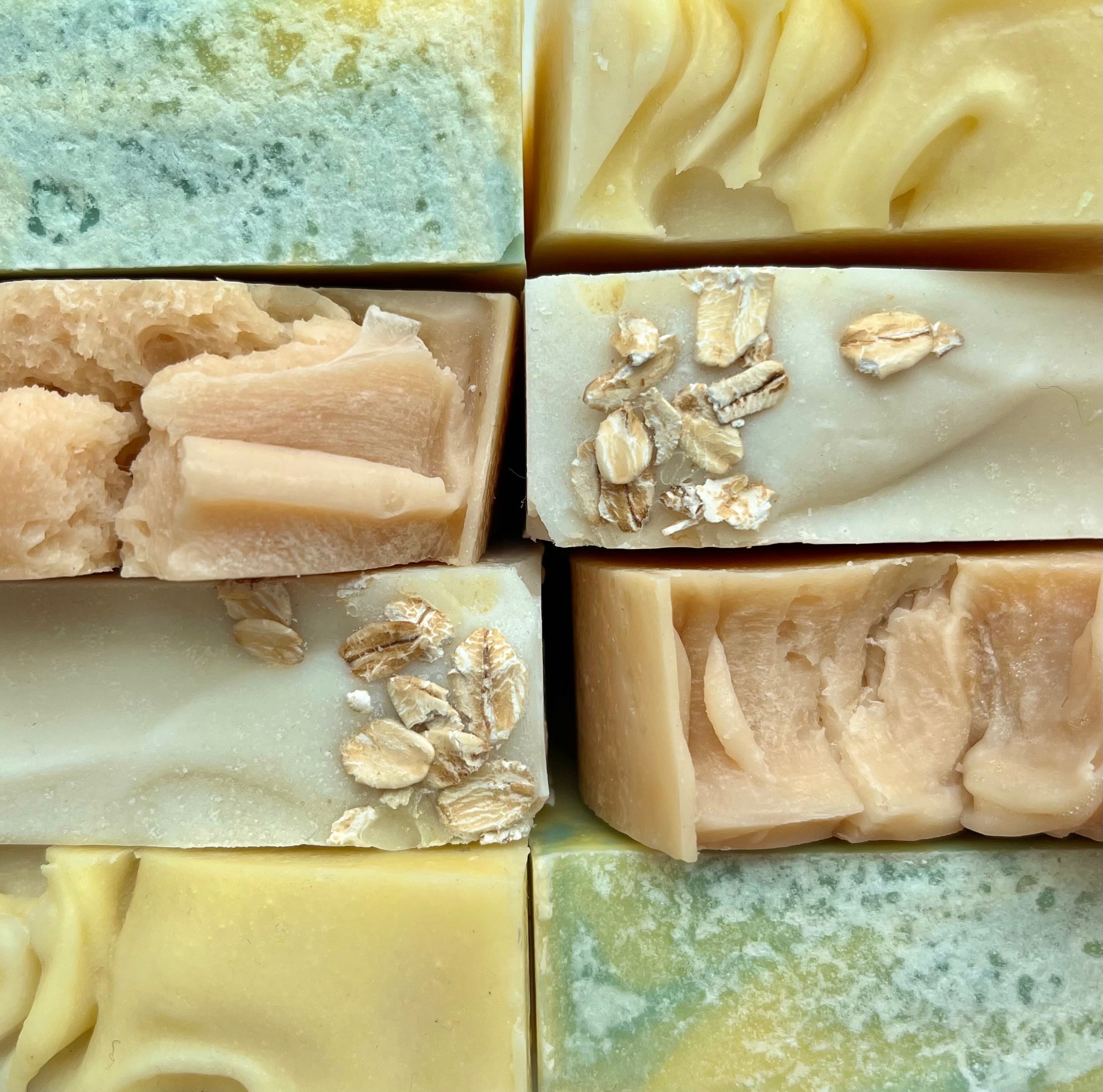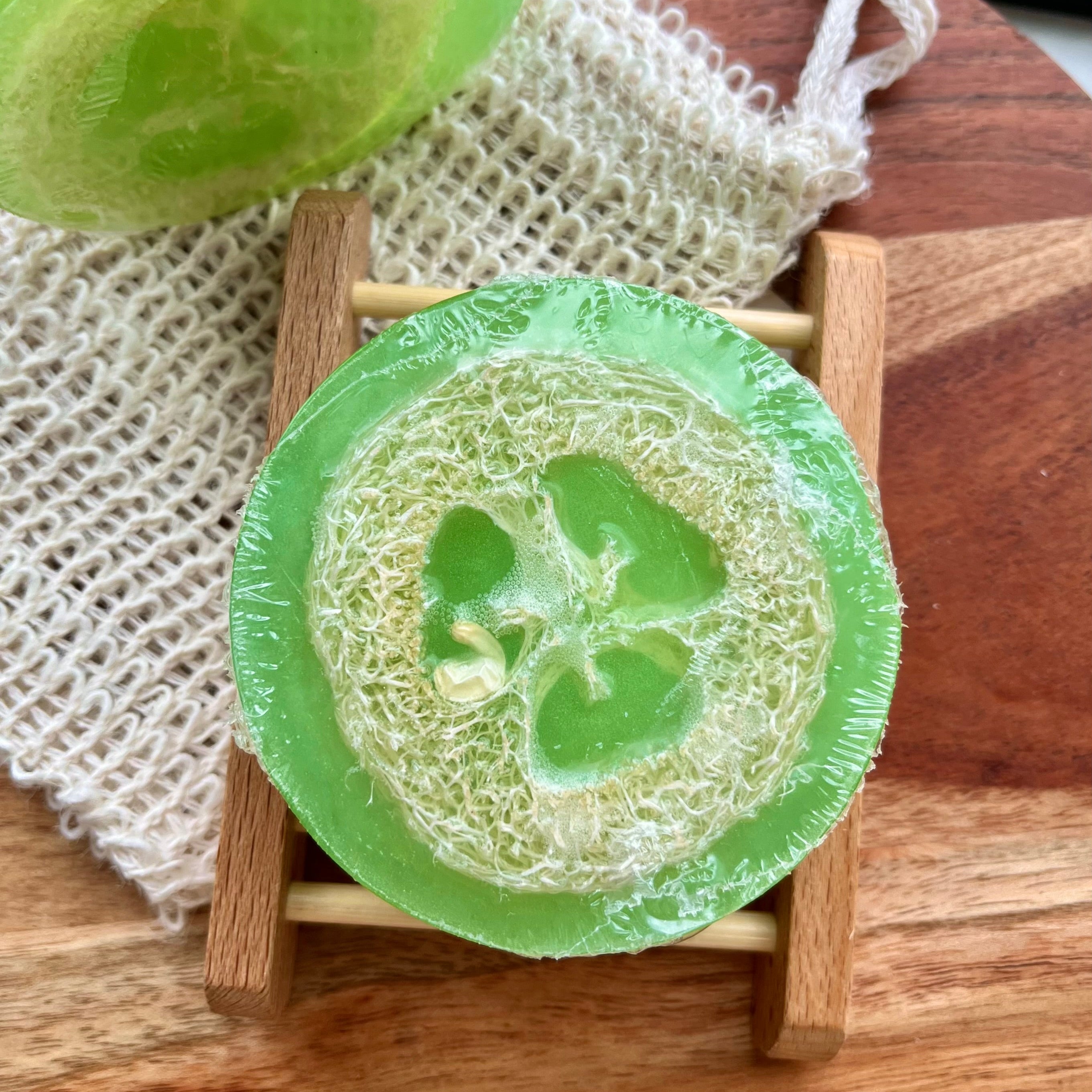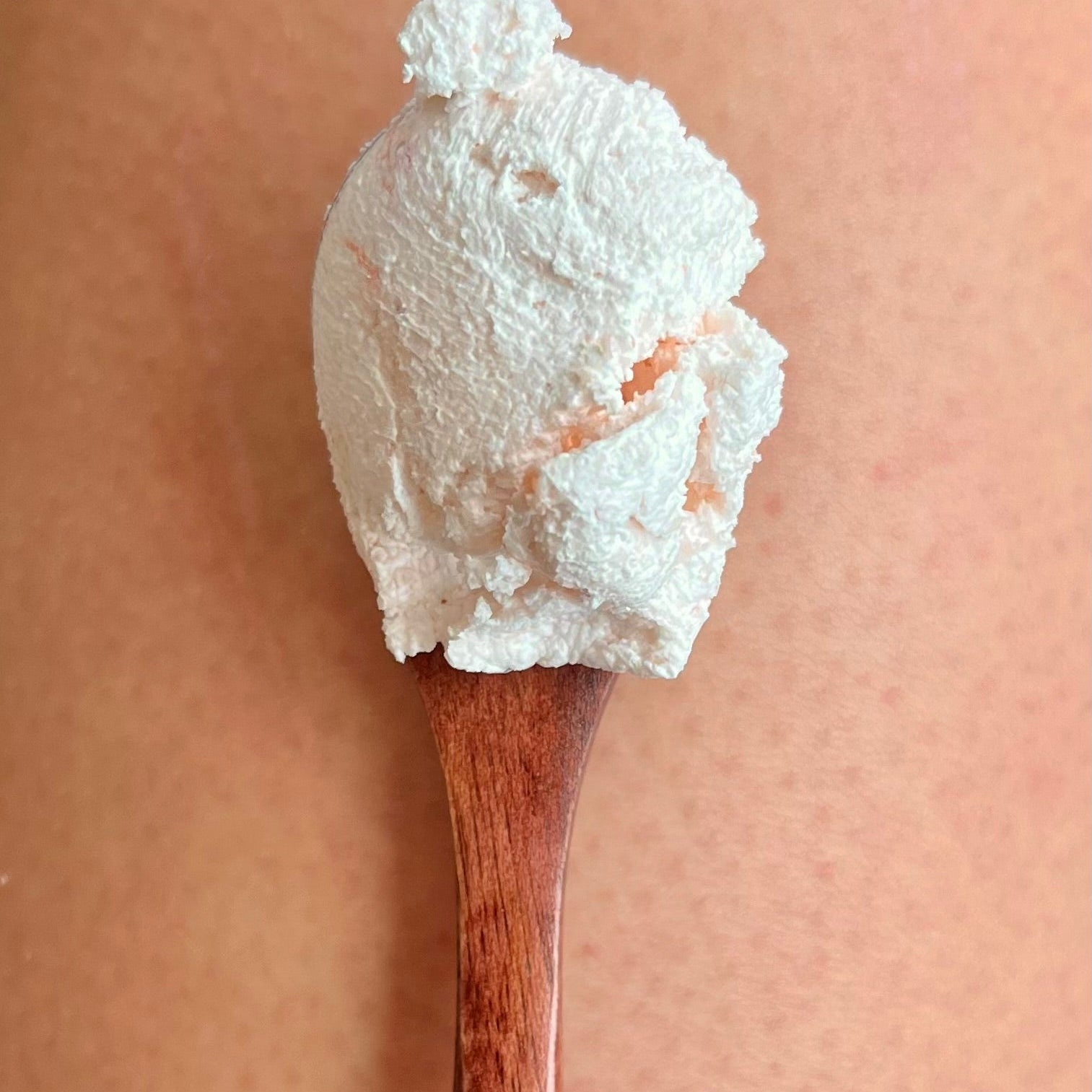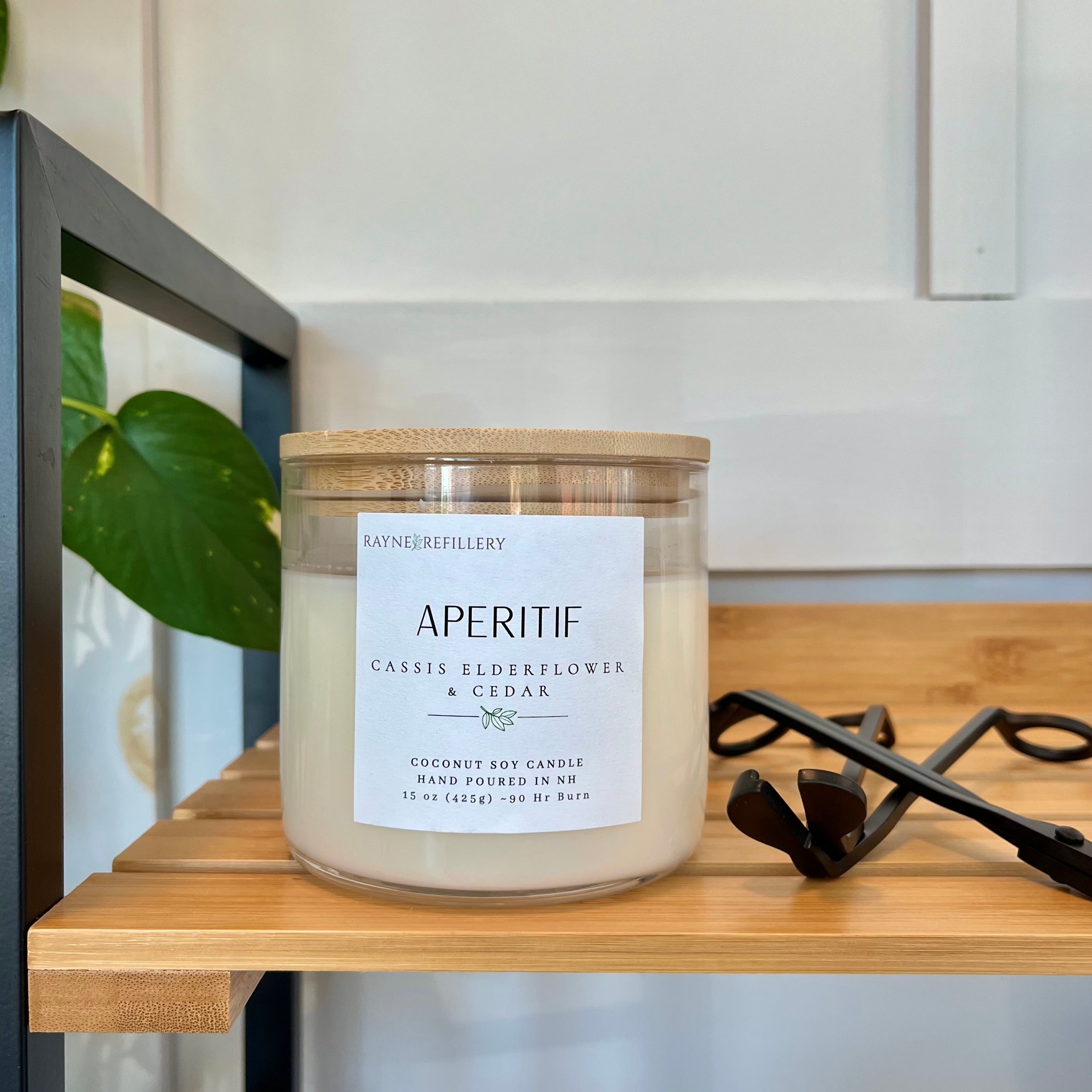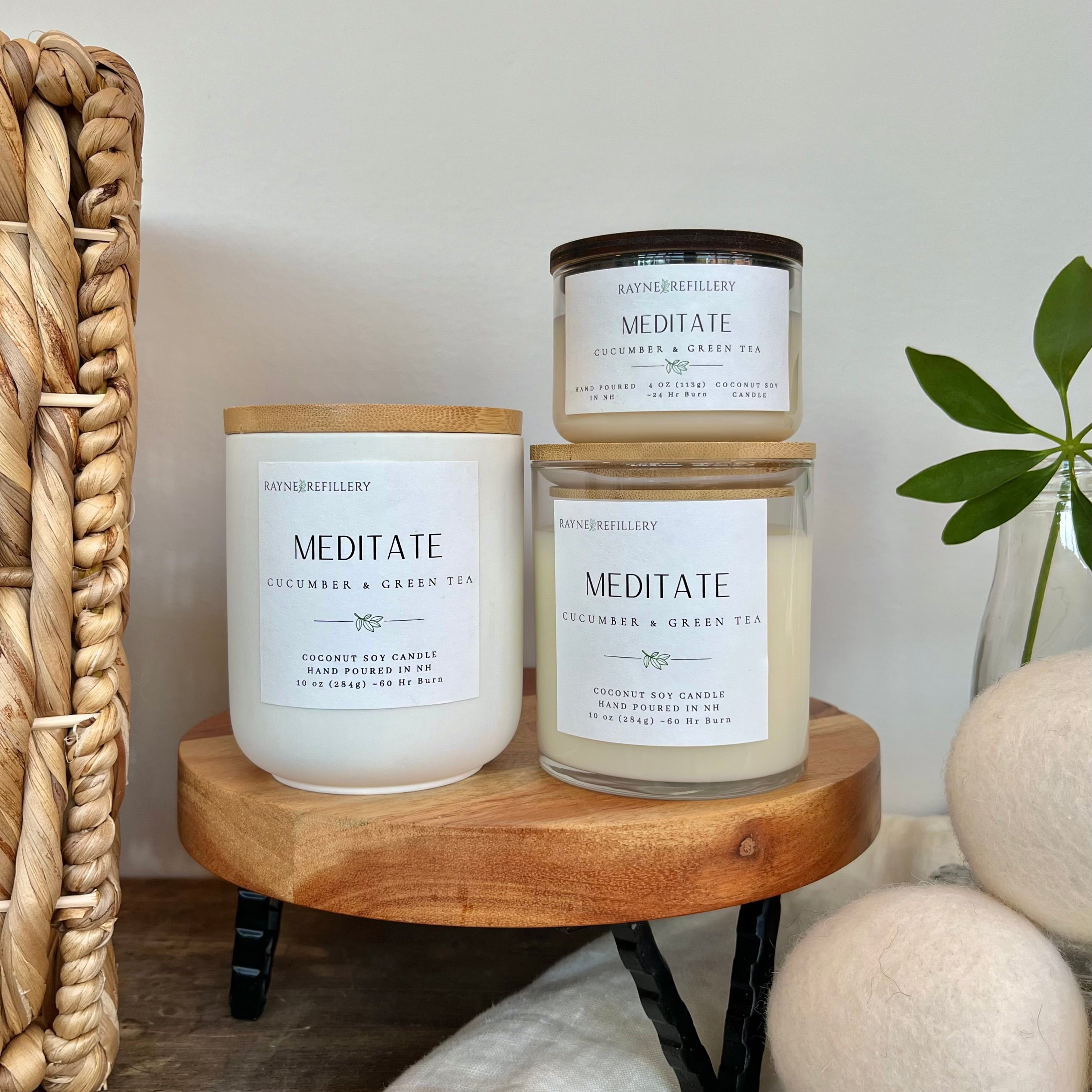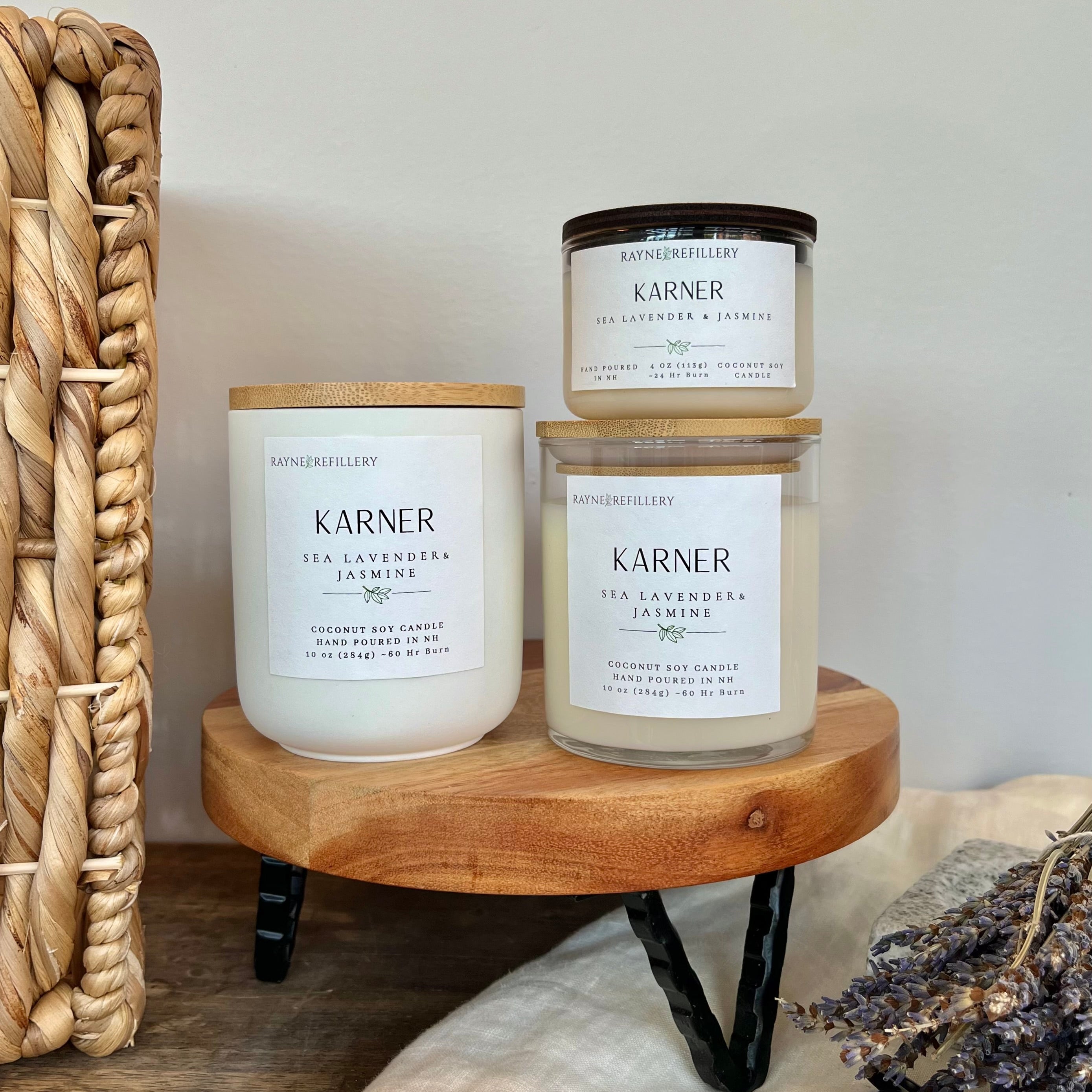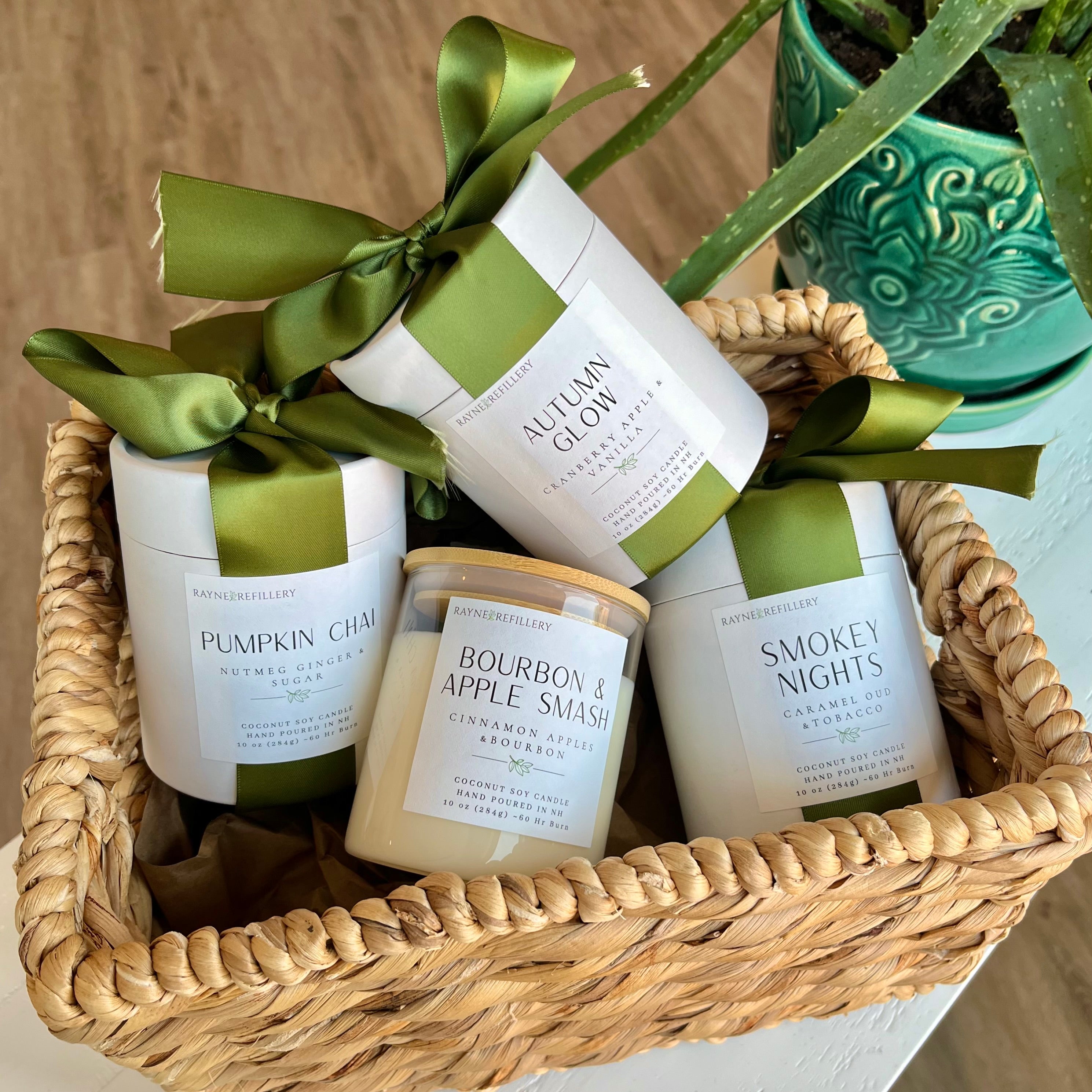Here’s a crazy fact (with a small disclaimer): according to the WWF, the average person may ingest up to 5 grams of microplastics every week, roughly the weight of a credit card. Some experts argue that this number is likely an exaggeration, but the bigger picture is clear: we are consuming more microplastics than ever before.
These tiny plastic particles are virtually everywhere, from the seafood on your plate to the water you drink, and even in some personal care products like scrubs and shaving creams.
While microplastics may seem harmless because they’re so small, research is revealing that these particles can carry toxic chemicals and accumulate in the human body over time. For those who care about their health and the environment, understanding microplastics is more important than ever.
So let’s break it down: what microplastics are, why they matter, and how you can avoid them in everyday life (without making things complicated).
What Are Microplastics?
Microplastics are tiny plastic particles smaller than 5 millimeters, so small you usually can’t see them.. They come from:
-
Personal care products: Some scrubs, exfoliating soaps, and even certain shaving creams.
-
Household items: Synthetic fabrics, disposable cleaning products, and plastic packaging.
-
Environmental sources: Plastics breaking down in oceans, rivers, and soil.
The problem is, these tiny particles don’t biodegrade easily, which means they persist in the environment and can end up in the food you eat and the water you drink.
Are Microplastics Harmful to Humans?
Researchers are only beginning to understand the full impact of microplastics on human health, but what we know so far is troubling. These particles are turning up in everything from seafood to skincare, and early studies suggest they may be doing more harm than we once thought.
Digestive System
They’ve already been found in seafood, table salt, bottled water, and even tap water. One study estimated the average American eats or drinks 50,000 microplastic particles a year. Most pass through, but some can sneak into the bloodstream and lodge in organs. This raises concerns about long-term exposure, especially since we’re consuming them daily without realizing it.
Chemical Additives and Toxicity
Microplastics are more than just “tiny pieces of plastic.” They often contain chemical additives like BPA, phthalates, and flame retardants (yep, the same ones linked to hormone disruption). These particles can also act like magnets, absorbing heavy metals and pesticides from the environment. Once inside the body, they don’t just take up space, they can carry toxic hitchhikers with them.
Skin and Cosmetic Exposure
Microbeads in scrubs and some shaving creams don’t usually absorb into your skin, but they can irritate it. While banned in some countries, they still appear in products sold worldwide. The bigger problem is environmental: every time they’re rinsed down the drain, they slip through water treatment systems and end up polluting rivers and oceans.
Long-Term Concerns
Scientists have now found microplastics in human blood, lungs, and even placental tissue. That means exposure is everywhere. Scientists are still studying the long-term effects, but early findings link microplastics to inflammation, oxidative stress, and cellular damage. And while we don’t yet have proof that microplastics directly cause cancer, the chemicals they carry, like BPA and phthalates, have already been associated with cancer risk.
Everyday Household Products That May Contain Microplastics
Okay, let’s be real for a second: microplastics are basically everywhere. That’s not meant to scare you, it’s just the reality of the world we live in. Once you start noticing them, it feels like they pop up in the most unexpected places. Here are a few of the most common culprits:
-
Personal care products
Think face scrubs, soaps, and even toothpaste. Like mentioned before, many of these were made with tiny plastic beads to create that “scrubby” texture. Some countries have banned them, but they still slip into certain products on shelves today.
-
Laundry and cleaning supplies
A lot of synthetic detergents use plastic-based fillers or stabilizers. Plus, every time we wash synthetic fabrics (like polyester leggings or nylon socks), they shed thousands of tiny plastic fibers that end up in the water supply.
-
Food and drink packaging
Single-use plastic bottles, coffee pods, and to-go containers can break down into microplastics, especially when exposed to heat. Here’s the wild part: some studies found bottled water can contain twice as many microplastic particles as tap water.
-
Household dust
Yep, even the air inside your home isn’t safe. Carpets, furniture, wall paint, and even cleaning cloths can shed plastic particles that float around and settle as dust. We can end up breathing them in without realizing it.
-
Everyday items
Chewing gum (the base of some brands is actually a synthetic polymer), tea bags sealed with plastic, and silicone cookware that wears down under heat can all add to the microplastic problem.
How to Avoid Microplastics at Home
You can’t dodge microplastics 100%. They’re in the air, water, and food supply. But you can take steps to limit exposure in your daily life. Just swapping out a few products makes a big difference:
-
Swap out exfoliating scrubs for handmade soaps or loofah soaps that use natural exfoliants.
-
Choose eco-friendly laundry detergent without microplastic fillers (and toss in a microfiber-catching ball for your washes).
-
Drink from stainless steel or glass bottles instead of plastic ones.
-
Invest in a reverse osmosis water filter, which has been shown to remove microplastics from drinking water.
-
Opt for natural shaving creams and butter creams that are nourishing and plastic-free.
-
Cut down on single-use plastics like straws, cups, and takeout containers.
It’s about progress, not perfection. Even one swap at a time makes a difference.
Living with Less Microplastics
Microplastics are everywhere, from the water you drink to the products you use daily. And while the science is still unfolding, it’s safe to say that they’re not doing our health (or the planet) any favors.
Switching to eco-friendly personal care and household products, like handmade soaps, natural shaving creams, and sustainable laundry detergents, can make a real difference for your health and the environment.
Take action today: Start with simple swaps and gradually build a plastic-free, sustainable home. Every small change helps reduce microplastic pollution, one bar of soap at a time.
